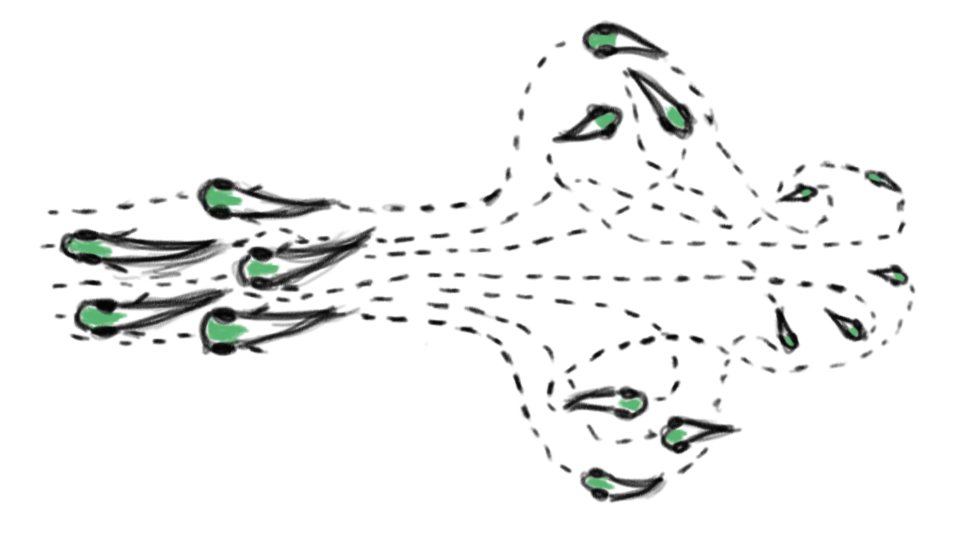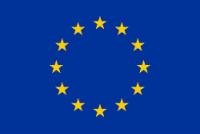Did you ever stop to think about how groups of dancers or athletes achieve such high levels of coordination and synchronization? Coordinated movement is actually widespread across the animal kingdom, from flocks of birds and schools of fish to herds of wildebeest.
In a recent HFSP-funded study, researchers explored this phenomenon using a unique fish model, the tiny glassfish Danionella cerebrum. Thanks to their transparent bodies, these fish offer scientists an up-close view of the brain activity involved in social behaviors like schooling. The HFSP Fellowship Awardee David Zada, from the University of California, USA, and colleagues discovered that Danionella follows and aligns with their peers purely through sight. Over time, their brains develop specific neural pathways that recognize their conspecific shape and motion, allowing them to coordinate more smoothly with others in the group, much like young children learning to follow social cues. This vision-based schooling sheds light on the brain's role in processing social information and could help to understand how similar pathways may shape human social interactions.

Studying these tiny fish gives researchers a glimpse into the origins of collective movement—a complex behavior seen across species. It shows that the ability to "move as one" emerges gradually as the brain matures, and this developmental timeline may have similarities with how humans learn social skills. Additionally, by examining how individual glassfish process social motion, researchers hope to gain insights into the neural disruptions that may underlie social challenges like those in autism spectrum disorders.
Furthermore, the Danionella model not only helps unravel the neural wiring behind coordinated movement but also hints at broader applications. How these fish respond to social motion may inspire future technologies in robotics, where machines could one day move together in perfect harmony—just like a school of fish or a team of dancers.


































